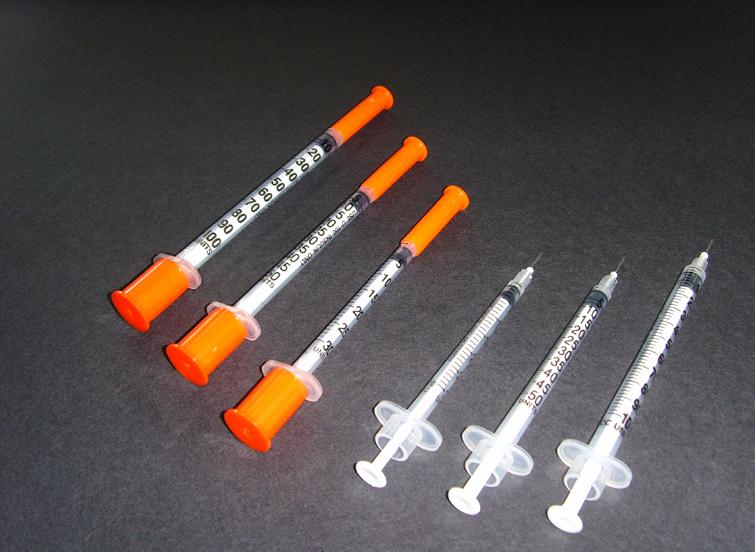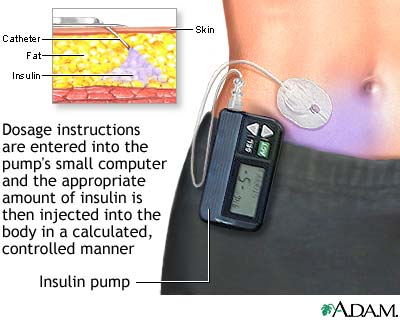Introduction to Insulin / Chemical Properties / Methods of Production and Administering / Diabetes / Insulin Affects History / History Affects Insulin
- synthetic insulin is manufactured using genetic engineering techniques that employ recombinant DNA technology
- Eli Lilly marked the first synthetic insulin, Humulin, in 1982
- Engineering technique:
- actual human DNA is inserted into a host cell (E coli)
- the host cells are then allowed to grow and reproduce normally
- due to the inserted human DNA, the host cells produce a synthetic version of human insulin
- according to a survey by the International Diabetes Federation conducted in 2002 on the access to and availability of insulin in the world, approximately 70% of insulin is recombinant, biosynthetic “human insulin”
Modes of Administration
- Unlike most other proteins that can be taken orally, the insulin amino acid structure is broken down into fragments as it passes through the gastrointestinal tract
- subcutaneous: injections with single-use syringes, an insulin pump, or by repeated-use insulin pens with needles
- insulin pump: better than syringes because patients have a better control over the dosage as the pump’s calculator determine the necessary units
- inhalation: in 2006 the U.S. Food and Drug Administration approved the use of the first inhalable insulin which was shortly withdrawn from the market due to difficulties in determining appropriate dosages
- pancreatic transplantation: pancreas transplants to avoid periodic insulin administration
- self-regulating source of insulin
- pancreas transplantation is uncommon and generally performed in conjunction with either liver or kidney transplants


